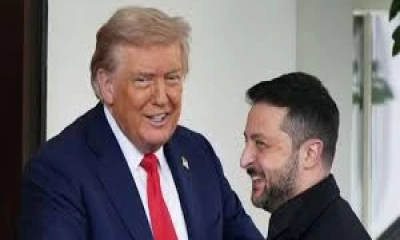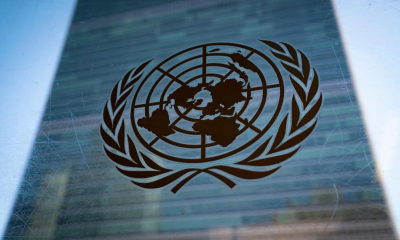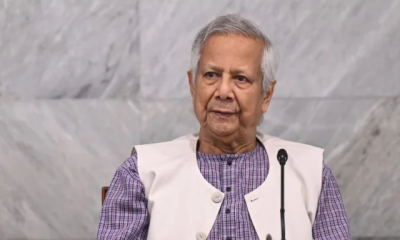Not for the first time, China is attempting to buy oil in yuan rather than dollars, and now it may have found a willing seller. Saudi Arabia, which sells a quarter of its exports to China, is considering making these sales in yuan, the Wall Street Journal reported.

These negotiations, which have surged and ebbed over the last half-decade, are not likely to fructify soon. For one, Saudi Arabia pegs its riyal to the dollar, so any damage inadvertently dealt to the dollar will hurt its own currency. But the US’ geopolitical hegemony is based so significantly on the petrodollar—with 80% of global oil transactions denominated in dollars—that the question is ever-present. What would the world look like if the petroyuan became the oil industry’s currency of choice?
The US’ economic dominance was built on the petrodollar
The dollar’s robust status as a reserve currency owes much to the strength of the US economy. But it also derives from the dollar’s ample liquidity, which is partially a result of countries maintaining pools of dollar reserves to buy oil.
That link was forged in the early 1970s, not long after president Richard Nixon decoupled the dollar from gold. In 1974, Washington and Riyadh struck a deal by which Saudi Arabia could buy US treasury bills before they were auctioned. In return, Saudi Arabia would sell its oil in dollars—not only enlarging the currency’s liquidity but also using those dollars to buy US debt and products. The political economist David Spiro, in his book The Hidden Hand of American Hegemony, described how Saudi Arabia convinced other OPEC nations to invoice oil in dollars, rather than in a basket of different currencies.
If the yuan displaces the dollar to a sufficient degree in the annual $14 trillion global oil trade—although what that sufficient degree would be is difficult to say—countries will have to maintain yuan reserves instead. (At the moment, 2.48% of the world’s reserves are held in yuan, compared to 55% for the dollar, according to IMF data.) Oil producers receiving yuan would have to spend it on Chinese debt and imports, further strengthening China’s economy, but if the world was particularly awash in yuan, other trade might start to be yuan-denominated: metals, say, or soybeans.
The effect on both China and the US would be profound. To preserve the yuan’s new role, China would have to ensure political stability and financial transparency, of the kind the US promised in the 20th century. The US’ abilities to issue dollar debt and earn dollars for exports would decline, so its economy would shrink. In this situation, the dollar’s weakening may trigger a vicious cycle: capital flight away from the dollar and towards the yuan, debilitating the dollar further.
These events, experts say, are unlikely to transpire. Analyzing these contingencies, though, is a useful reminder of how much of our modern moment—from the success of sanctions to the progress of green energy—is predicated on the strength of the US dollar.
Writer: Samanth Subramanian is an Indian writer and journalist based in London.






-20251226062607.webp)













-20251226051932.jpeg)















